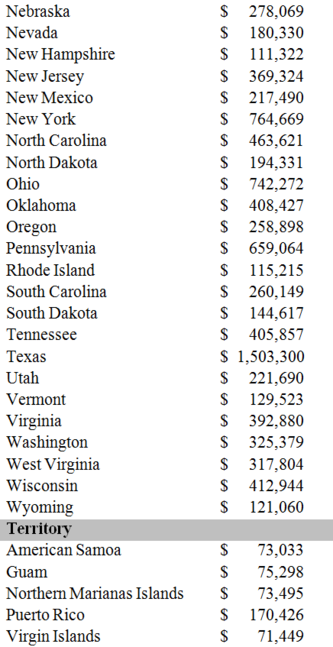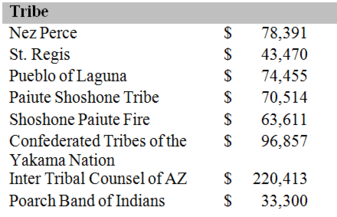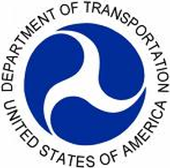DOT Announces over $20 Million in Hazardous Materials Emergency Preparedness Grants to States, Territories, and TribesWASHINGTON -- The U.S. Department of Transportation's Pipeline and Hazardous Materials Safety Administration (PHMSA) today announced it is issuing $20.4 million in Hazardous Materials Emergency Preparedness (HMEP) grants to states, territories, and Native American tribes to enhance their ability to respond to hazardous materials transportation incidents. The grants allow emergency response personnel to maintain the safety of themselves and the public when responding to hazardous materials related emergencies.
"The Department's partnership with our States, Territories, and Tribes is an integral component of our strong national safety program," said U.S. Transportation Secretary Anthony Foxx. "These grants are important tools for communities to plan and stay prepared for transportation incidents involving hazardous materials, including those involving high-hazard flammable trains."
The HMEP grant program is part of DOT's comprehensive approach to improving the safe transportation of crude oil and other hazardous material across the country. PHMSA's HMEP grants program allows recipients to design and implement planning and training programs according to their specific needs. For this grant cycle, HMEP applicants were encouraged to allocate funding towards:
=B7developing or revising emergency plans and training activities to account for bulk transportation of energy product by rail and over the road;
=B7conducting commodity flow studies to determine the frequency and quantity of hazardous materials shipments being transported through local communities; and
=B7training emergency responders to respond appropriately to incidents involving hazardous materials.
"Our Nation's emergency responders have an immensely challenging job, and this grant funding supports their efforts to protect our communities," said PHMSA Administrator Marie Therese Dominguez. "PHMSA has taken a comprehensive approach to enhance the safe transportation of energy products that includes prevention, mitigation, and emergency preparedness and response. These grants are another critical element of our focus to improve safety."
Historically, PHMSA's HMEP grant program required recipients to use grant funds within the fiscal year it was received. The recipients of the 2016 HMEP grant will be the group to benefit from PHMSA's updated grant policy, which now allows up to 3-years for projects funded by the grant to be completed.
HMEP grants are funded by annual user registration fees paid by shippers and carriers of certain hazardous materials in commerce. All 50 states, five U.S. territories, and eight Native American Indian tribes received HMEP grant funding this year. The following chart identifies the grant amounts received by each recipient.
   For more information about PHMSA's grant programs, visit: www.phmsa.dot.gov/grants-state-programs. # # # The mission of the Pipeline and Hazardous Materials Safety Administration is to protect people and the environment by advancing the safe transportation of energy and other hazardous materials that are essential to our daily lives. PHMSA develops and enforces regulations for the safe operation of the nation's 2.6 million mile pipeline transportation system and the nearly 1 million daily shipments of hazardous materials by land, sea, and air. Please visit http://phmsa.dot.gov or https://twitter.com/PHMSA_DOT for more information. | 



